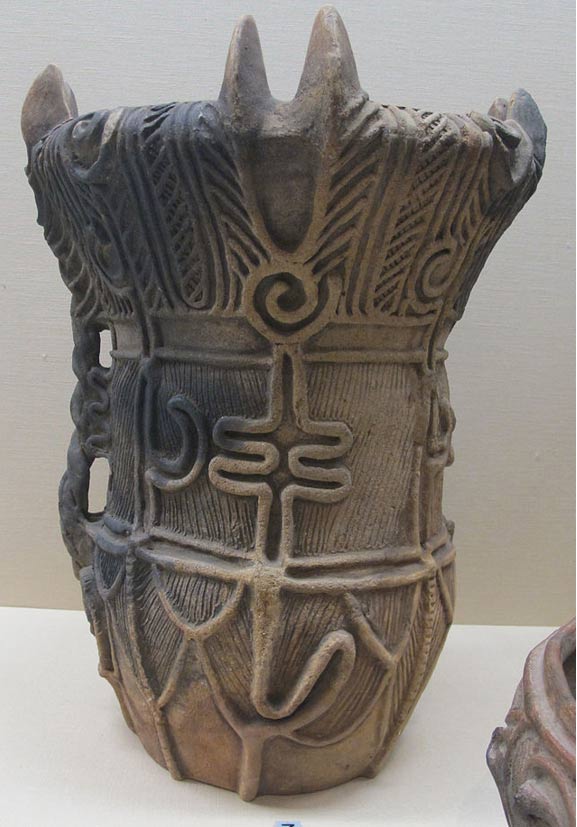Dr. Alice C. Linsley
The Horites and the Sethites were the two principal ritual groups (moieties) of the Hebrew ruler-priest caste. They maintained separate temples and shrine along the Nile River before the time of Abraham (c.2000 BC). They often were in competition though both groups served the same God and the same king.
The oldest known site of Horite Hebrew worship is at Hierakonpolis (Nekhen) on the Nile (c.4000 BC). Other Horite shrines (mounds) are mentioned in the Pyramid Texts.Long before Judaism emerged, the Hebrew ruler-priests were devotees of Horus, the son of God. The word "Horite" identifies them as such. The term is related to the Ancient Egyptian HR (Horus in Greek), which referred to the Highest One. Related Egyptian words include her, meaning over or above; horiwo - head, and hir - praise. Jews often refer to their parents or forebearers as their horim.
HR also refers to the Hidden One. The presence of a hidden son is a theme found in the canonical Scriptures. Hidden sons invite us to come closer. The Markan mystery is about the hidden Son. Jesus command his followers to keep silence about his identity as Messiah.
This theme is expressed in the Seder. The three matzahs are enveloped, and the middle one is broken and hidden from the others. It is found after a search and returned to its natural group. The three matzahs are called the Unity, but we might as appropriately refer to the unity as Three in One, or a Trinity.The Hebrew priest caste was devoted to the service of the High God and his son Horus (HR). Horus is the pattern whereby the people would recognize Messiah. He was conceived by the divine overshadowing of his mother Hathor (cf. Luke 1:35). He died, rose on the third day, and ascended to the Father. He was said to be equal to the Father.
HR was regarded as the fixer of cosmic boundaries, the stars, the cardinal points, and Lord over the winds and the waters. Horus shrines were located on major water systems and Horus ruled the waters. This is why the Horus name appears in the Semitic word for river: na-hr (Hebrew and Arabic), and ne-har (Aramaic).
Many words that pertain to boundaries and measurements are derived from Horus: hour, horoscope, horologion, horotely, and horizon. The association of Horus with the horizon is evident in the Ancient Egyptian Har-ma-khet, meaning "Horus of the Horizon."
The symbol or emblem of the father and the son was the sun. Divine appointment was expressed by overshadowing. When the Virgin Mary asked how she was to become the mother of the Messiah, the angel answered, "The Holy Spirit will come on you, and the power of the Most High will overshadow you. So the holy one to be born will be called the Son of God." (Luke 1:35)
Solar symbolism pervades the early Hebrew texts. The Hebrew had many names for the High God depending on where they lived. The Hebrew living among the Elamites called the High God "Na-Pir" which refers to the God of the piru. The term piru refers to a temple, shrine, palace or house. The Elamite deity Napir is often depicted as having bull horns with the sun resting in the horns.
The Scriptures present the whole of what we need to know about the Messianic Faith that we call "Christianity" and that Faith has deep roots in antiquity.Related reading: Competition Between the Horites and the Sethites; Why So Many Names For God?; The Substance of Abraham's Faith; Righteous Rulers and the Resurrection; BIBLICAL ANTHROPOLOGY: Horite and Sethite Mounds; Why Nekhen is Anthropologically Significant; BIBLICAL ANTHROPOLOGY: The Hebrew were a Caste





























.jpg)








